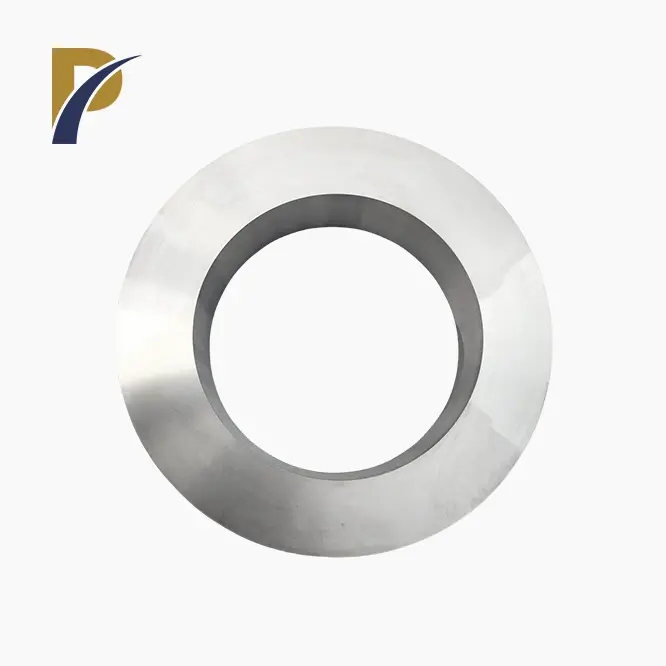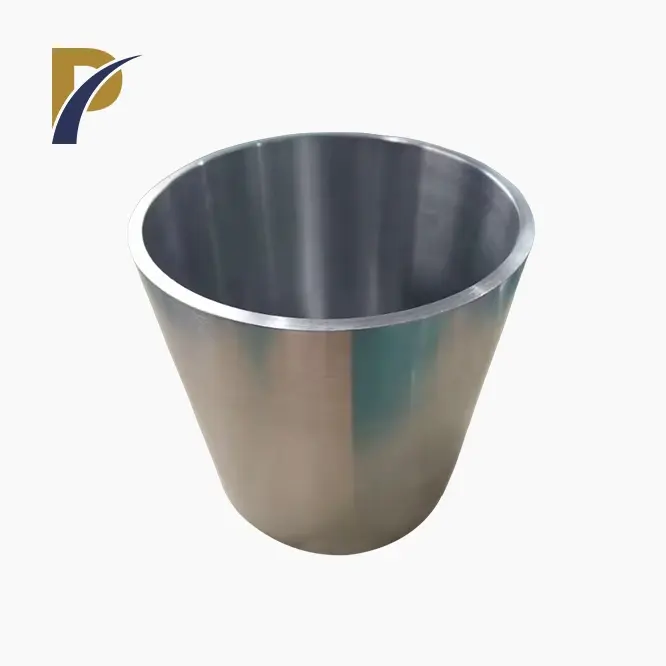Composition and Classification of Tungsten Molybdenum Alloys
Chemical Composition Standards
The chemical composition of tungsten molybdenum alloys is vital in determining their mechanical properties and overall performance. Industry standards specify the allowable ranges for each element within the alloy to ensure consistency. For example, a typical tungsten molybdenum alloy might contain 70-80% tungsten and 20-30% molybdenum, along with trace amounts of elements like carbon, oxygen, and nitrogen. These composition standards play a crucial role in maintaining uniform behavior and performance across various batches, ensuring the alloy’s reliability in different industrial applications.
Alloy Designation Systems
Tungsten molybdenum alloys are categorized using specific designation systems that identify the weight percentages of tungsten and molybdenum within the alloy. The most common designation system is based on the ratio of these two primary elements. For example, an alloy labeled WMo70-30 contains 70% tungsten and 30% molybdenum. Understanding these designation systems is important for material selection, ensuring that the right alloy is chosen for particular engineering needs and performance requirements, especially in precision applications where exact material properties are critical.
Impurity Limits
Standards for tungsten molybdenum alloys also define the maximum permissible levels of impurities such as carbon, oxygen, and nitrogen. Even small quantities of these impurities can significantly alter the alloy’s properties, including its strength, durability, and resistance to corrosion. Strict control over impurity levels is essential, particularly in high-performance applications like aerospace and electronics, where material purity directly influences the alloy’s reliability and overall function. Adhering to these impurity limits ensures that the alloy maintains its desired characteristics over time.
 |
 |
Mechanical and Physical Property Requirements
Tensile Strength and Yield Strength
Tungsten molybdenum alloys are renowned for their exceptional strength, especially at elevated temperatures. Standards typically specify minimum requirements for tensile strength and yield strength across a range of temperatures. These properties are critical for applications involving high stresses or where dimensional stability under load is essential. Engineers must consider these strength requirements when selecting alloys for specific applications to ensure optimal performance and safety.
Ductility and Elongation
While tungsten molybdenum alloys are known for their strength, their ductility can vary depending on composition and processing. Standards often include specifications for minimum elongation percentages, which indicate the alloy's ability to deform plastically without fracture. This property is particularly important in applications where the material may be subjected to bending or forming operations during manufacturing or in-service conditions.
Thermal and Electrical Conductivity
The thermal and electrical conductivity of tungsten molybdenum alloys are crucial properties for many applications, particularly in the electronics and energy sectors. Standards may provide typical values or ranges for these properties, allowing engineers to select the most suitable alloy for heat management or electrical applications. Understanding these conductivity standards is essential for optimizing component design and ensuring efficient performance in thermal or electrical systems.
Testing and Quality Assurance Standards
Metallographic Examination
Metallographic examination is a critical quality control process for tungsten molybdenum alloys. Standards often specify methods for preparing and analyzing samples to evaluate grain structure, phase distribution, and potential defects. This examination helps ensure that the alloy's microstructure meets the required specifications, which directly influences its mechanical and physical properties. Proper metallographic analysis is essential for maintaining consistent quality and predicting the alloy's behavior in various applications.
Non-Destructive Testing Techniques
Non-destructive testing (NDT) plays a vital role in quality assurance for tungsten molybdenum alloy components. Standards may outline specific NDT techniques such as ultrasonic testing, X-ray inspection, or eddy current testing for detecting internal defects or surface imperfections. These methods allow manufacturers to verify the integrity of parts without compromising their usability, ensuring that only high-quality components reach the end-user.
Mechanical Testing Procedures
Standardized mechanical testing procedures are essential for verifying the properties of tungsten molybdenum alloys. These may include tensile tests, hardness measurements, and fatigue testing under various temperature conditions. The standards typically specify sample preparation methods, test parameters, and data analysis techniques to ensure consistent and comparable results across different testing facilities. Adhering to these standardized procedures is crucial for validating material properties and ensuring compliance with industry requirements.
Conclusion
Understanding tungsten molybdenum alloy standards is crucial for anyone working with these advanced materials. From composition requirements to mechanical properties and testing methods, these standards ensure consistency, reliability, and performance across various applications. By adhering to these standards, manufacturers can produce high-quality components that meet the demanding requirements of aerospace, electronics, and other high-tech industries. As technology continues to advance, staying informed about the latest developments in tungsten molybdenum alloy standards will be essential for leveraging the full potential of these remarkable materials in future innovations.
Contact Us
For more information about our tungsten molybdenum alloy products and how they can benefit your projects, please contact us at info@peakrisemetal.com. Our team of experts is ready to assist you in selecting the right alloy for your specific needs and ensuring compliance with all relevant industry standards.

